Pomacea flagellata Common name Apple snail Channeled apple snail Common apple snail Golden mystery snail Origin Origin South America Biotope not specific Dimorphism Pomacea Canaliculata also consumes all the plants contained in yourThe golden apple snail, Pomacea canaliculata (Lamarck) (Mollusca Ampullariidae), a potential invader of fresh water habitats in Australia Proceedings of the sixth Australasian applied entomological research conference, 2 ed by Zalucki MP, Drew RAI, White GG · The golden apple snail, Pomacea canaliculata (Lamarck, 12) (Mesogastropoda Pilidae), has recently been introduced to several Asian countries where it has unexpectedly developed into a pest of rice Reasons for the introduction as well as the economic and ecological impact of the snail are described Most farmers have resorted to chemical control, with
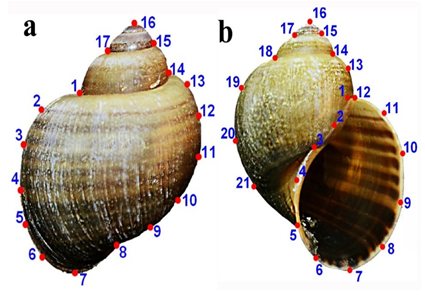
Describing Lake Populations Of The Golden Apple Snail Pomacea Canaliculata Using Landmark Based Geometric Morphometric Analysis
Golden apple snail (pomacea canaliculata)
Golden apple snail (pomacea canaliculata)-Golden apple snail (Pomacea canaliculata) as an alternative protein source in Pasupati catfish (Pangasius sp) fish feed Nusantara Bioscience 12 Research on efforts to conserve golden apple snail (Pomacea canaliculata) meat has been doneCommon Name Apple Snail (Golden Apple Snail, Channeled Apple Snail) Scientific Name Pomacea canaliculata Classification Phylum or Division Mollusca Class Gastropoda Order Mesogastropoda Family Ampullariidae Identification Pomacea canaliculata looks very much like congeneric species




Examples Of Gastropod Species A Channeled Golden Apple Snail Pomacea Download Scientific Diagram
Background The golden apple snail (Pomacea canaliculata) is a freshwater snail listed among the top 100 worst invasive species worldwide and a noted agricultural and quarantine pest that causes great economic losses · Ambrosia artemisiifolia, an invasive weed in Europe and Asia, is highly toxic to the golden apple snail (GAS;Molluscicidal activity of the aqueous extract of garlic (Allium sativum L) bulb against golden apple snail (Pomacea canaliculata L) Acosta BO, Pullin RSV 1991 Environmental impact of the golden snail (Pomacea sp) on rice farming systems in the Philippines Summary Report of the workshop held at the freshwater aquaculture center, Central Luzon State University, Muñoz, Nueva Ecija
The release of the golden apple snail (GAS, Pomacea spp) into the environment has led to the infestation of water bodies including ponds and rice fields in many Southeast Asian countries As this species causes considerable damage in rice fields in both transplanted and wetseeded rice, it became a serious pest in the Southeast Asian ricebeltBaker GH (1998) The golden apple snail, Pomacea canaliculata (Lamarck) (Mollusca Ampullariidae), a potential invader of fresh water habitats in Australia In Zalucki MP, Drew RAI and White GG (eds) Pest Management – Future Challenges · The golden apple snail, Pomacea canaliculata (Lamarck) (Caenogastropoda Ampullariidae), is a freshwater snail that originates from South America It was introduced into Asia as a kind of human food around 1980, but as it gradually lost its economic value, it has become a serious pest of important agricultural crops in its invaded countries as well as a threat to aquatic
Rachel H Phoa Pomacea canaliculata in the Singapore Quarry Spring 14 2 INTRODUCTION The invasion of the golden apple snail (Pomacea canaliculata) into Asia has the potential to cause serious ecological damage to healthy aquatic ecosystemsGolden Apple Snail (Pomacea canaliculata) Pest and Diseases Image Library Updated on PM Summary PaDIL (Pests and Diseases Image Library) is a Commonwealth Government initiative, developed and built by Museum Victoria s Online Publishing Team, with support provided by DAFF (Department of Agriculture, Fisheries and Forestry) and PHA (PlantThe freshwater golden apple snail (GAS), Pomacea canaliculata is endemic to South America Golden apple snails were introduced several times in Asia as a food source and for use in commercial aquaculture, but these intended uses were not commercially successful Thus, unused specimens of Pcanaliculata were discarded into and rapidly spread




Pomacea Canaliculata Or Golden Apple Snail Walks On A Green Leaf In The Morning Closeup Stock Photo Image Of Thailand Green




Pomacea Canaliculata Commonly Known As The Golden Apple S Flickr
Xu et al, 14;2 Iloilo State College of Fisheries, Main Campus, College of Fisheries andKeywords Golden apple snail, Pomacea canaliculata, rice pest, integrated pest control 10 Introduction The golden apple snail (Pomacea canaliculata, Lamarck) is native to South America It is a fresh water snail belonging to the Ampullaridae family (Cowie, 02) In the 1980s' it was




Examples Of Gastropod Species A Channeled Golden Apple Snail Pomacea Download Scientific Diagram



Apple Snail Texas Invasive Species Institute
· The golden apple snail, Pomacea canaliculata (Lamarck, Gastropoda, Ampullariidae) is native to South America but was introduced to East and SouthEast Asia during the 1980s for commercial production and as a dietary protein supplement (Anderson 1993;Pomacea canaliculata (Lamarck, 12) Common Name Golden apple snail Appearance/Characteristics A comparatively large freshwater snail, up to 100 mm in length In shape, golden apple snails are generally globose, but the size and appearance of the shell is highly variable Shell colour varies from yellow and green to brown with or without dark bandsPomacea canaliculata, conchology, water depth I I NTRODUCTION Interest in the golden apple snail (Pomacea canaliculata Lamarck, 18) as a food resource and gourmet export item was noted as the basis of its introduction into the Philippines 1 That this initiative did not succeed is a common knowledge
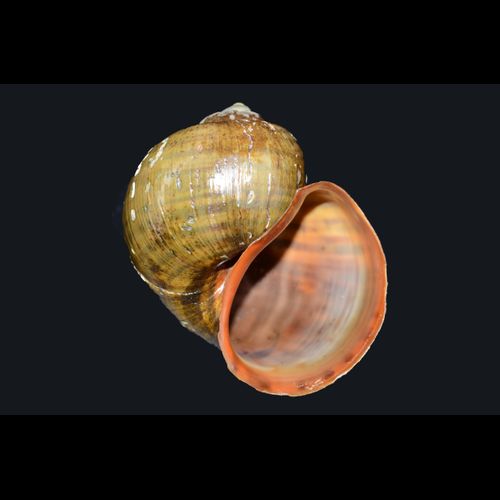



The Biodiversity Of Singapore Pomacea Canaliculata
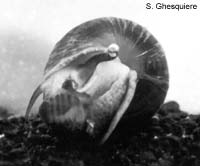



How To Take Care Of Apple Snails Food Housing And Breeding
The bright pink eggs of the invasive freshwater Golden Apple Snail (Pomacea canaliculata) laid above water along a stream in Kinta Nature Park, Perak, Malays · The golden apple snail Pomacea canaliculata in Asian rice farming systems present impact and future threat International Journal of Pest Management, 40 1991 Nat Prod Res 19 Aug;33(16) doi / Epub 18 Feb 22 Extracts of the unripe fruit of Ilex paraguariensis as a potential chemical control against the golden apple snail Pomacea canaliculata (Gastropoda, Ampullariidae)
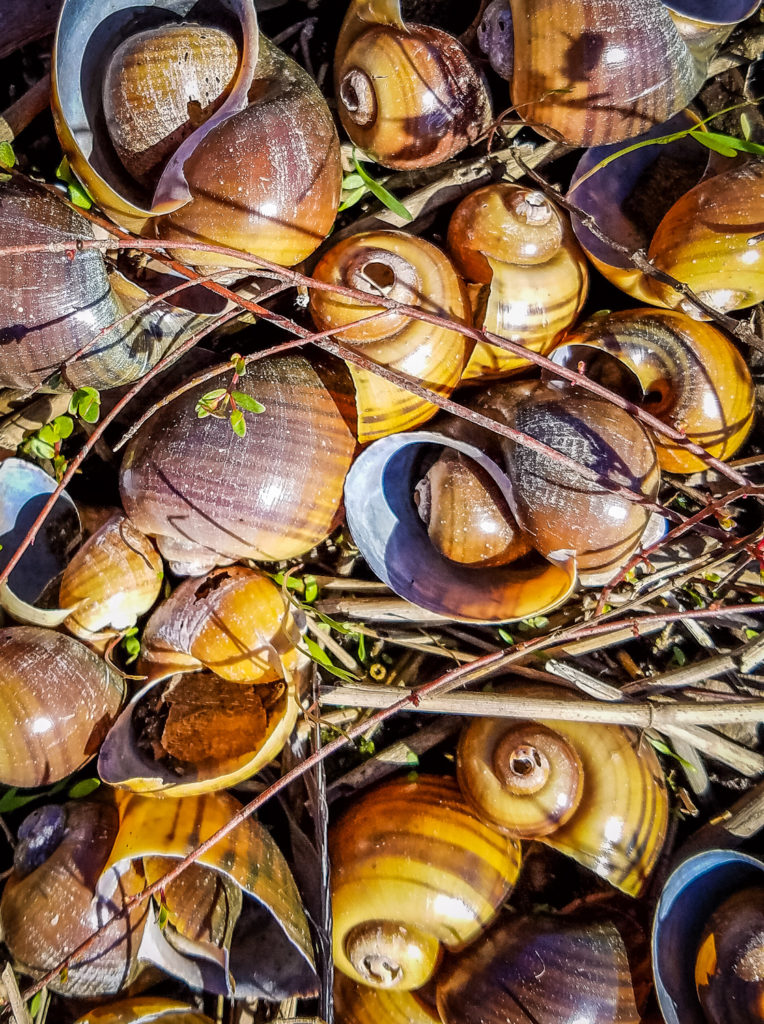



Apple Snail Pomacea Canaliculata The Lazy Naturalist Sarasota Florida




Bright Pink Egg Masses Of Golden Apple Snail Or Channeled Apple Snail Pomacea Canaliculata Stock Image Image Of Agriculture Food
Golden apple snail, Pomacea canaliculata meal as protein source for rabbitfish, Siganus guttatus culture 1Miguel D Visca Jr, 2Suzette Q Palla 1 Romblon State University, Santa Fe Campus, College of Fisheries, Santa Fe, Romblon, Philippines;Proteomes Pomacea canaliculata (Golden apple snail) ))) All None Overview; · Pomacea canaliculata (Lamarck), golden apple snail, is a freshwater snail native to South America It was introduced into Asia in the 1980s as an inexpensive and proteinrich food source (Schneiker et al, 16;




Describing Lake Populations Of The Golden Apple Snail Pomacea Canaliculata Using Landmark Based Geometric Morphometric Analysis




Channeled Apple Snail Stock Photos And Images Agefotostock
The golden apple snail, Pomacea canaliculata is an alien invasive species that causing economic damage on the rice cultivation in Malaysia 10 The snails are herbivorous which feed on almost all types of plants, and they were prefer a softer young parts since they feed by scraping plant surface with the rough tongue 11Two species, Pomacea canaliculata and Pomacea maculata, commonly known as Golden Apple Snails, are highly invasive and cause damage to rice crops They were introduced to Asia, from South America, in the 1980s as potential food for people, but it unfortunately became a major pest of rice What it does Golden apple snails eat young and emerging rice plantsCommon name i Golden apple snail Synonym i Other names i ›Pomacea canaliculata (Lamarck, 18) Rank i SPECIES Lineage i
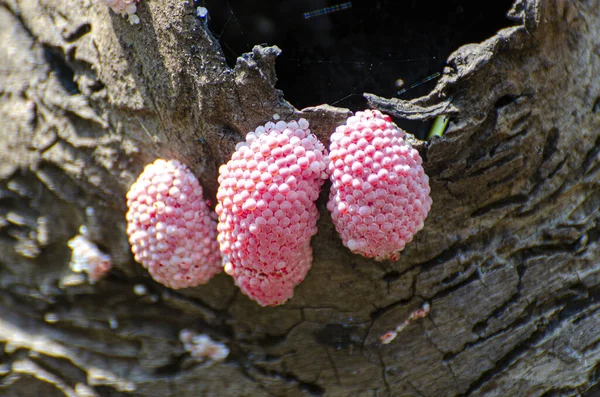



Golden Apple Snail Images Royalty Free Stock Golden Apple Snail Photos Pictures Depositphotos




Pomacea Canaliculata Wikipedia
Neem Crude Extract as Potential Biopesticide for Controlling Golden Apple Snail, Pomacea canaliculata 235 potentially large yield losses The economic analysis on yield losses and severe damage cause by golden apple snail was reported byToxicity of botanical insecticides on golden apple snail (Pomacea canaliculata) Ruamthum W (1), Visetson S, Milne JR, Bullangpoti V The molluscicidal activity of crude extracts from five highly potential plants, Annona squamosa seed, Nerium indicum Leaves, Stemona tuberose root, Cyperus rotundus corm and Derris elliptica root was assessed toThe release of the golden apple snail (GAS, Pomacea spp) into the environment has led to the infestation of water bodies including ponds and rice fields in many Southeast Asian countries As this species causes considerable damage in rice fields in both transplanted and wetseeded rice, it became a serious pest in the Southeast Asian rice belt



The World S Departments Of Agriculturewanted




Nature Picture Library Channelled Apple Snail Pomacea Canaliculata Laid On Water Hyacinth Eichhornia Crassipes Leaves Both Invasive Species Native To South America Yangshuo Guangxi Zhuang Autonomous Region China Heather Angel
· Extracts of soapnut, Sapindus mukorossi Gaertn (Sapindaceae) showed molluscicidal effects against the golden apple snail, Pomacea canaliculata Lamarck (Ampullariidae) with LC50 values of 85, 22, and 17 ppm after treating 24, 48, and 72 h, respectively Bioassaydirected fractionation of S mukorossi resulted in the isolation of one new hederageninbased acetylatedPomacea canaliculata English common name golden apple snail, apple snail Substantially same species (synonym) Year of invasion or detection 19 Native region South America (Brazil and Argentina) Situation of establishment Category 2 Settled after 1951 Taxonomic description Expansion of distribution areaSymptoms In wetland rice the first symptom of damage by P canaliculata is a reduced plant stand where the snails have severed the plant stalks below the water level The tillers are cut first and then the leaves and stems are consumed under water The




Ampullariidae Wikipedia
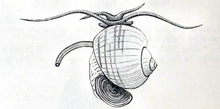



Pomacea Canaliculata Wikipedia
Pomacea canaliculata) in laboratory tests However, little is known about the chemical components of A artemisiifolia associated with the molluscicidal activity or about its potential application for GAS control in rice fieldsMap to UniProtKB (21,377) Unreviewed (21,377) TrEMBL Overview Status Reference proteome Proteins i 21,377 Gene count i Download one protein sequence per gene (FASTA) Proteome ID i UP · Background The golden apple snail Pomacea canaliculata (family Ampullariidae, order Architaenioglossa) is a freshwater snail listed among the world's top 100 worst invasive species and is considered an agricultural and quarantine pest worldwide Native to tropical and subtropical South America, P canaliculata gradually spread to nonindigenous regions, such as



File Golden Apple Snail Pomacea Canaliculata Eggs Singapore Dscf65 7 Jpg Wikimedia Commons
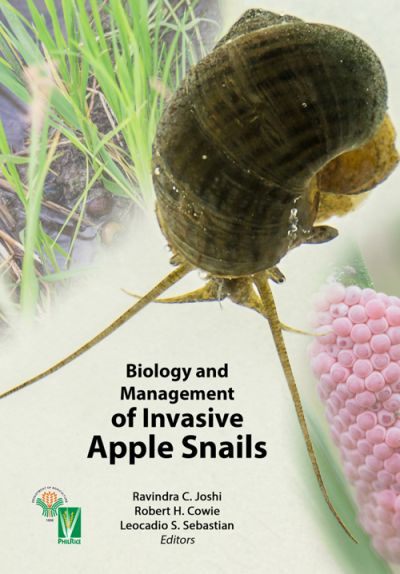



Biology And Management Of Invasive Apple Snails
This study investigated the ecology and biology of the golden apple snail in rice fields Egg masses were produced at inconsistent intervals with the number of eggs per cluster ranging from 92 to 592 (mean 272) Regardless of clutch size, hatching success ranged from 87 to 100% (mean 958%) In the field, mating took place days after hatchingKeywords Pomacea canaliculata, golden apple snail, shell shape, geometric morphometrics, CORIANDIS Introduction The Golden Apple Snail (GAS), Pomacea canaliculata (Lamarck, 12), popularly known in the Philippines as "golden kuhol", was introduced into the Philippines between 19 and 1984 Originally, it came from South America via Taiwan At · A survey on the egg deposition behaviour of the golden apple snail (Pomacea canaliculata) was conducted at Chenderoh Reservoir in MalaysiaThe distribution of P canaliculata and medium preferences for egg deposition in the lake were recorded The egg deposition mediums included aquatic plants, rocks and boats and other artificial structures
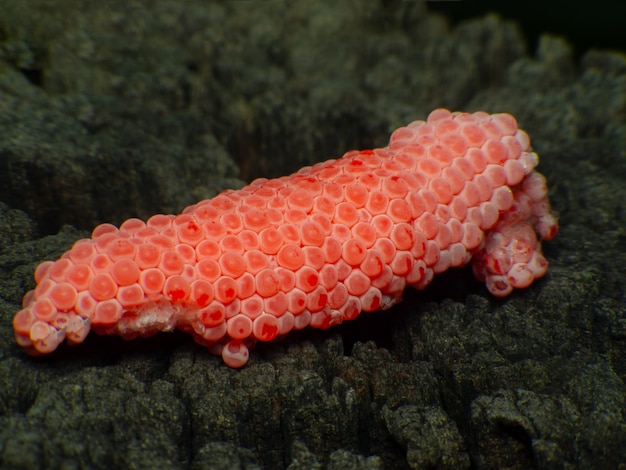



Premium Photo Pomacea Canaliculata Eggs On Rock Close Up Golden Apple Snail Pink Eggs Macro Of Asia




Map Of Thailand Indicating The Introduced Apple Snail Pomacea Download Scientific Diagram
· Pomacea canaliculata is a freshwater snail that cultured under certain conditions could provide interesting rewards in research and aquaculture P canaliculata is usually reared at 25°C, though the optimal temperature for culturing this species, that balances growth and survival rates, is so far unknown In this work we present results of growth and survival of cohorts rearedThe freshwater snail Pomacea canaliculata , an invasive species of global significance, possesses a welldeveloped digestive system and diverse feeding mechanisms enabling the intake of a wide variety of food The identification of glycosidases in adult snails would increase the understandingThey range in adult size from ~15 mm to about 155 mm (Pomacea maculata) Those species that fall under the umbrella of the 'golden apple snail' range in adult size from about 30 mm (a small P canaliculata) to about 90 mm (undetermined Pomaceaspecies observed in southeast Asia) but may reach larger sizes




Pomacea Canaliculata An Overview Sciencedirect Topics




Fish Production Under Different Golden Apple Snail Stocking Densities Download Table
Putra et al, 18)The golden apple snail, Pomacea canaliculata (Lamarck), is a large freshwater snail native to tropical and subtropical South America This snail is a serious rice pest in Southeast and East Asia because it damages young rice seedlings In the early 1980s, the apple snail was widely raised as a human food in Japan0601 · The golden apple snail Pomacea canaliculata in Asian rice farming systems present impact and future threat Intjpest Manag 1994;40(2)199–6 Google Scholar 8 Joshi RC Problems with the Management of the Golden Apple Snail Pomacea canaliculata an important exotic Pest of Rice in Asia Netherlands




Apple Snail Pomacea Bridgesii Pomacea Canaliculata Pomacea Diffusa Pomacea Haustrum Pomacea Paludosa Pomacea Maculata Species Profile Care Guide




Texas Invasives
The golden apple snail (Pomacea canaliculata L) was originally introduced to the Philippines as a new possible food source for the Filipinos as it is rich in protein However, it became a major pest in the Philippine rice fields as it eats young rice seedlings (Joshi & Brito, 16)




Figure 1 From Influence Of Water Temperature On The Activity Of The Freshwater Snail Pomacea Canaliculata Caenogastropoda Ampullariidae At Its Southernmost Limit Southern Pampas Argentina Semantic Scholar
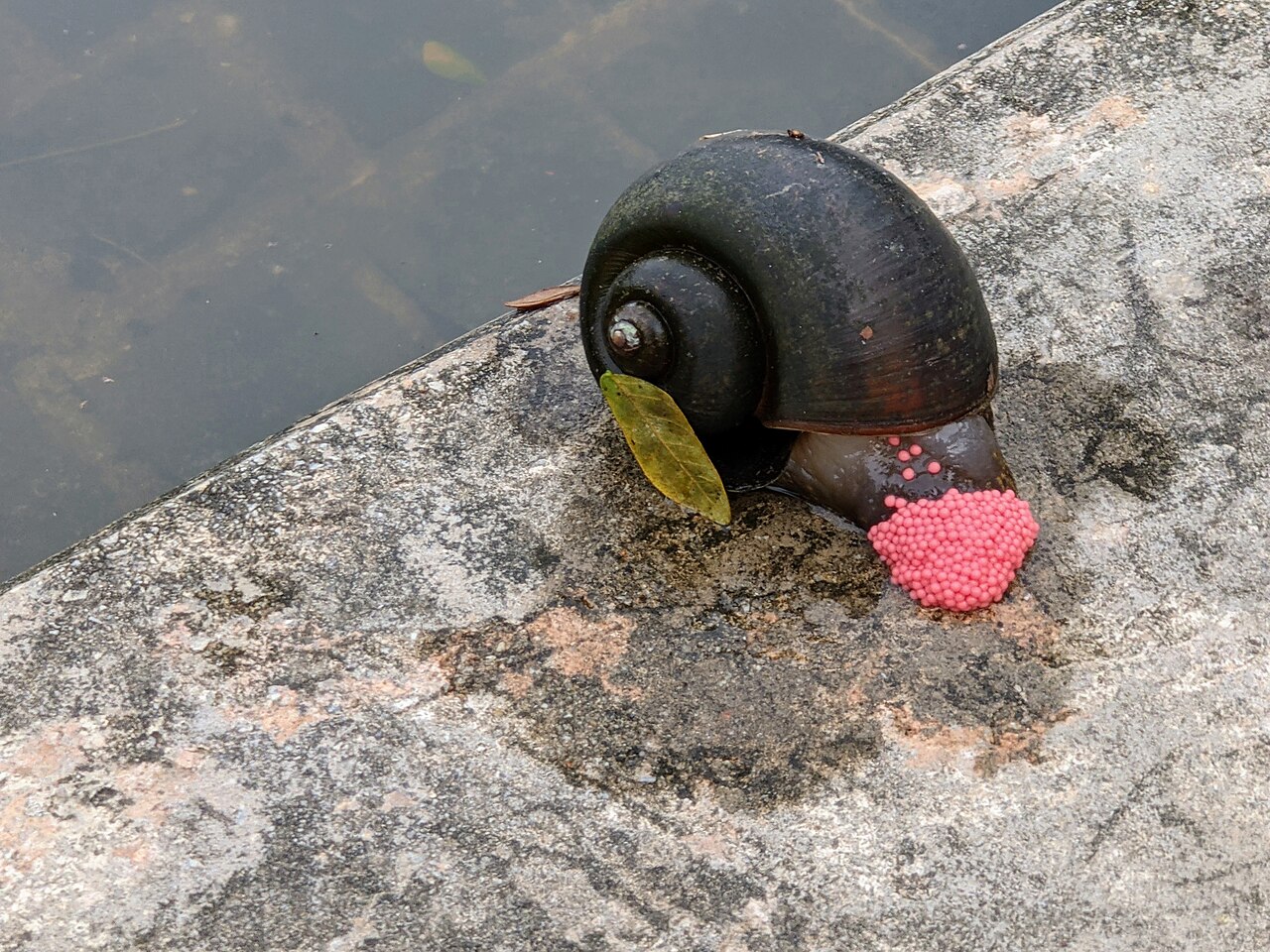



File Golden Apple Snail Laying Eggs Singapore Jpg Wikimedia Commons




A Recipe For Cooking The Golden Apple Snail Apple Snail Snails Recipe Recipes




Golden Applesnail And Eggs On Green Rice Field Enemies In Rice Fields Stock Photo Image Of Enemie Applesnail
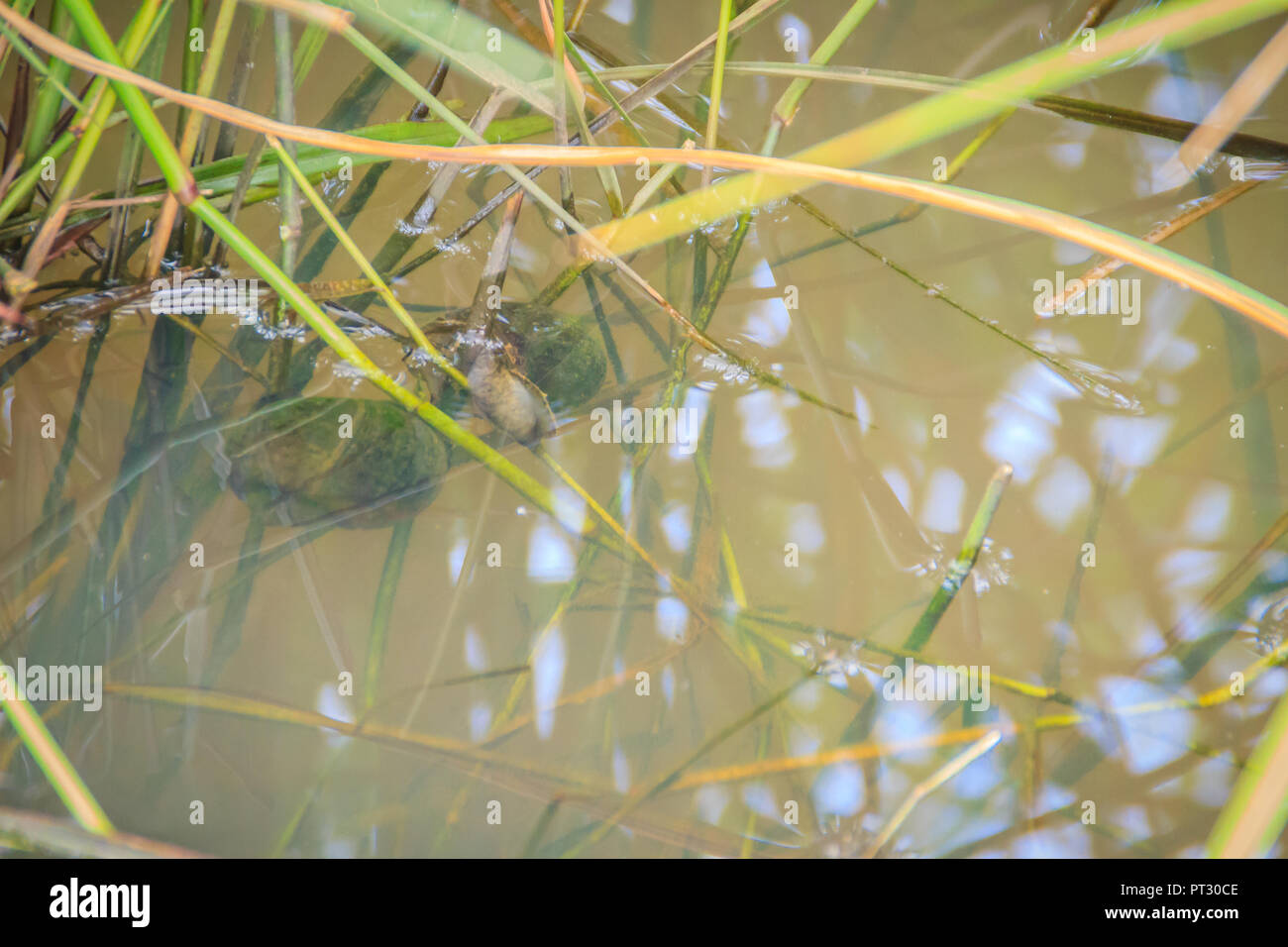



Golden Applesnail Or Channeled Applesnail Pomacea Canaliculata Is Eating Rice Trees It Is Alien Freshwater Mollusk That Is A Major Rice Enemy Stock Photo Alamy
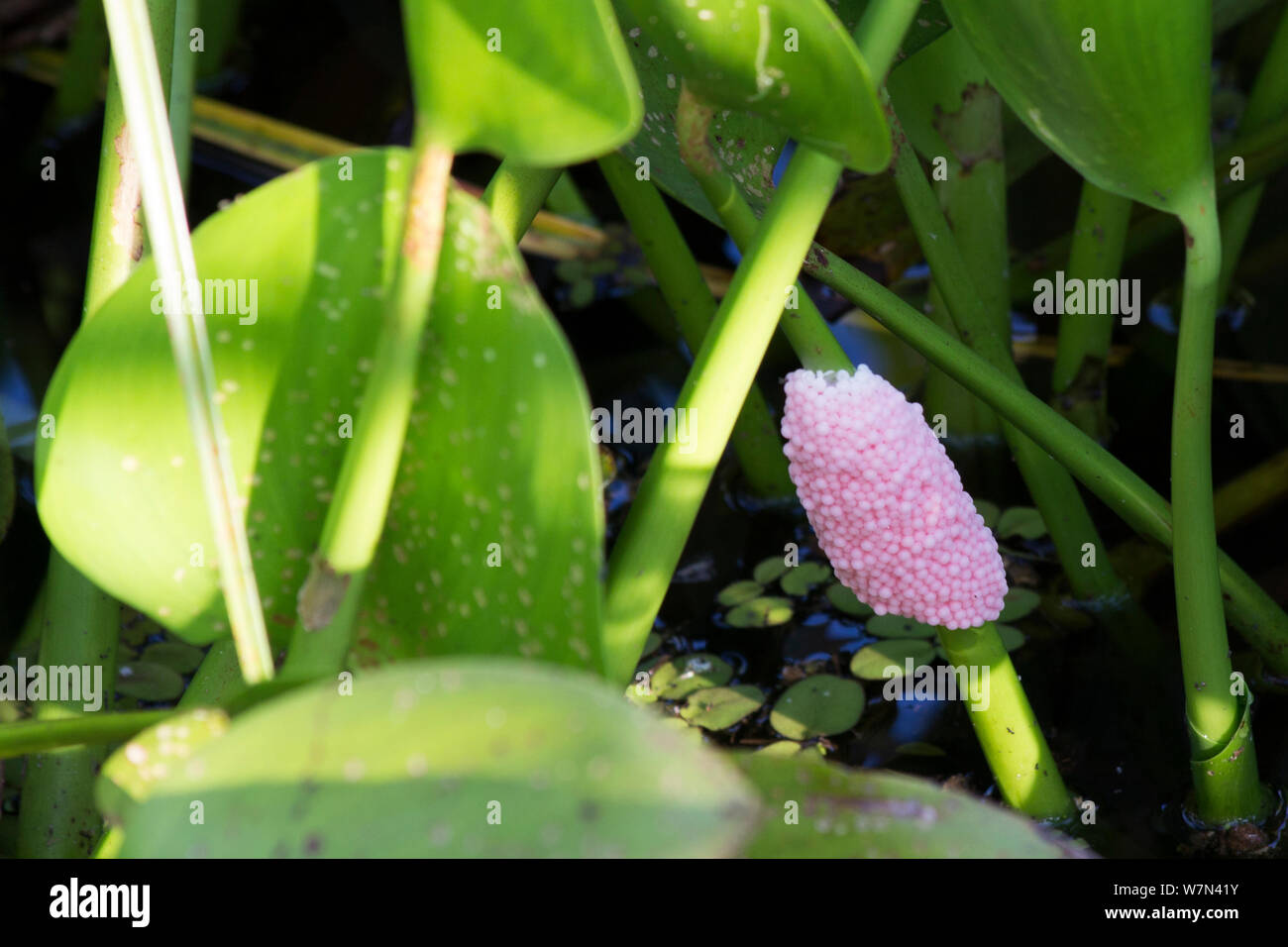



Golden Apple Snail Pomacea Canaliculata Pink Eggs On Plant Stem Pantanal Brazil Stock Photo Alamy




Photograph Of Female Left And Male Right Pomacea Canaliculata Download Scientific Diagram




Adult Golden Apple Snail Pomacea Canaliculata Download Scientific Diagram
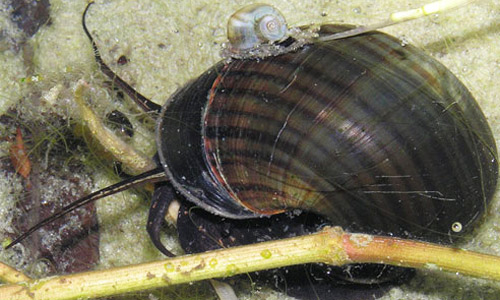



Applesnails Of Florida Pomacea Spp



Golden Apple Snail Irri Rice Knowledge Bank



The World S Departments Of Agriculturewanted




Pdf Intra And Inter Population Variability In The Golden Apple Snail Pomacea Canaliculata Semantic Scholar




Apple Snail Pomacea Bridgesii Pomacea Canaliculata Pomacea Diffusa Pomacea Haustrum Pomacea Paludosa Pomacea Maculata Species Profile Care Guide
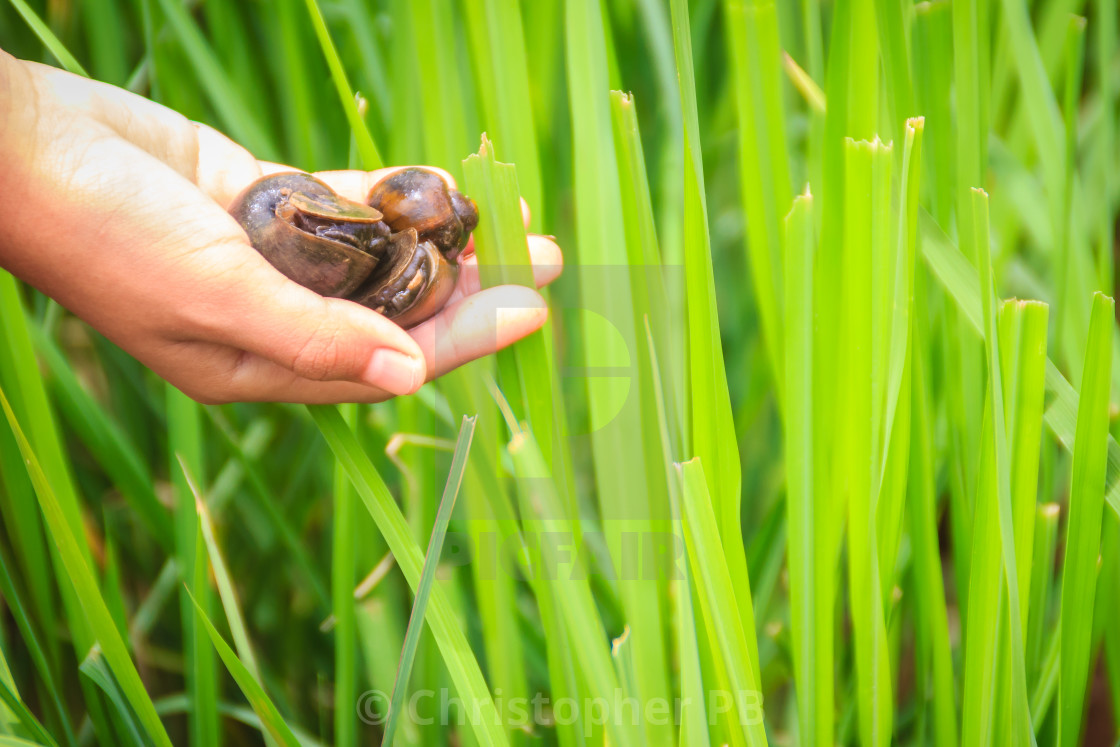



Golden Applesnail Or Channeled Applesnail Pomacea Canaliculata Is Picked By License Download Or Print For 1 24 Photos Picfair




Golden Apple Snail Laying Eggs Amazing In Local Youtube
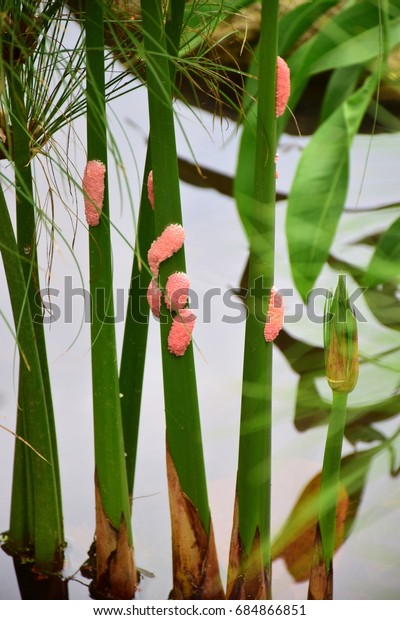



Egg Golden Apple Snail Pomacea Canaliculata Stock Photo Edit Now
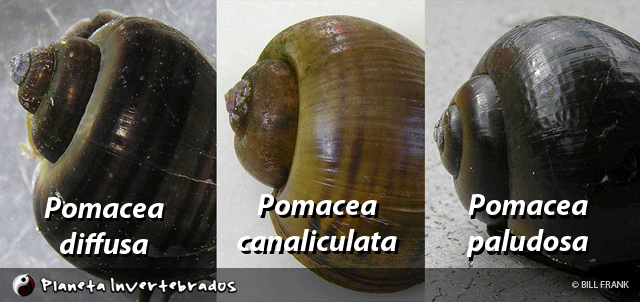



Mscgp Our Study Organism




A Recipe For Cooking The Golden Apple Snail Dokmai Dogma




File Golden Apple Snail Pomacea Canaliculata Eggs Singapore Dscf65 6 Jpg Wikimedia Commons




General Appearance Of A Male Apple Snail Pomacea Canaliculata A Download Scientific Diagram




Apple Snail Pomacea Bridgesii Pomacea Canaliculata Pomacea Diffusa Pomacea Haustrum Pomacea Paludosa Pomacea Maculata Species Profile Care Guide




Golden Apple Snail Eggs Pomacea Canaliculata Sukhotai T Flickr




Nature Picture Library Golden Apple Snail Pomacea Canaliculata Shell Martin Gabriel
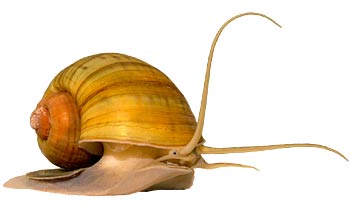



How To Take Care Of Apple Snails Food Housing And Breeding



Expansion Of The Golden Apple Snail Pomacea Canaliculata




Golden Applesnail Or Channeled Applesnail Pomacea Canaliculata Is Picked By Hand With The Green Rice Field Background It Is Al Stock Image Image Of Curtailment Invasive




Biology Of The Golden Apple Snail Pomacea Canaliculata Lamarck 12 With Emphasis On Responses To Certain Environmental Conditions In Sabah Malaysia Semantic Scholar



Expansion Of The Golden Apple Snail Pomacea Canaliculata




First Report Of The Invasive Apple Snail Pomacea Canaliculata In Kenya The Cabi Blog
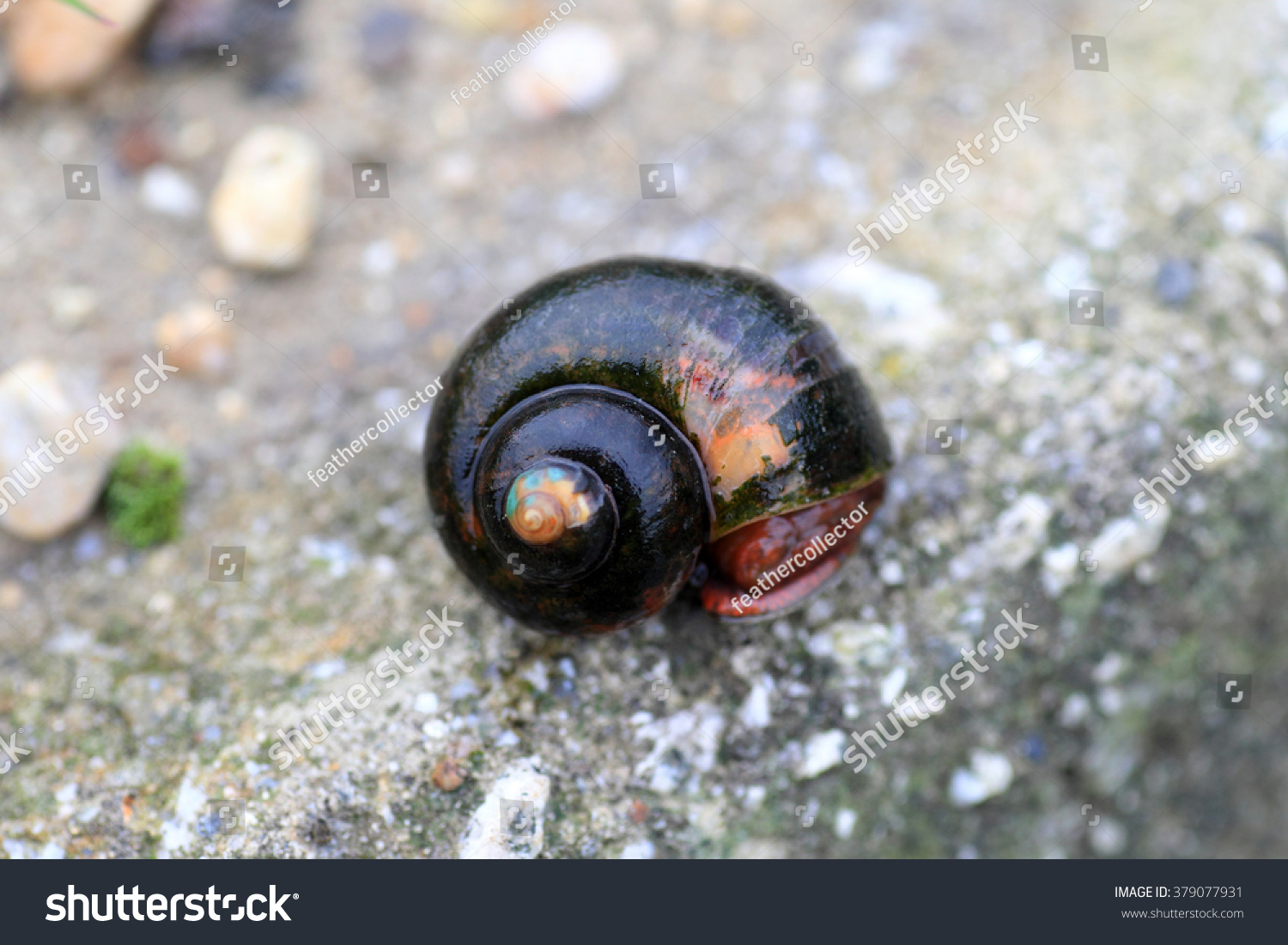



Golden Apple Snail Pomacea Canaliculata Japan Stock Photo Edit Now




Apple Snails Eggs Contain Unique Poison Seriously Fish



Pomacea Canaliculata Wikipedia




Shutterstock Puzzlepix




Pomacea Canaliculata Or Golden Apple Snail Walks On A Green Leaf In The Morning Stock Image Image Of Snail Vivid




Close Up Of Golden Apple Snail Eggs Pomacea Canaliculata Stock Photo Picture And Low Budget Royalty Free Image Pic Esy Agefotostock




Beautiful Freshwater Aquarium With Green Stock Footage Video 100 Royalty Free Shutterstock




Pdf Golden Apple Snails In The World Introduction Impact And Control Measures




Pdf The Genome Of The Golden Apple Snail Pomacea Canaliculata Provides Insight Into Stress Tolerance And Invasive Adaptation



Gisd




File Golden Apple Snail Pomacea Canaliculata Jpg Wikimedia Commons
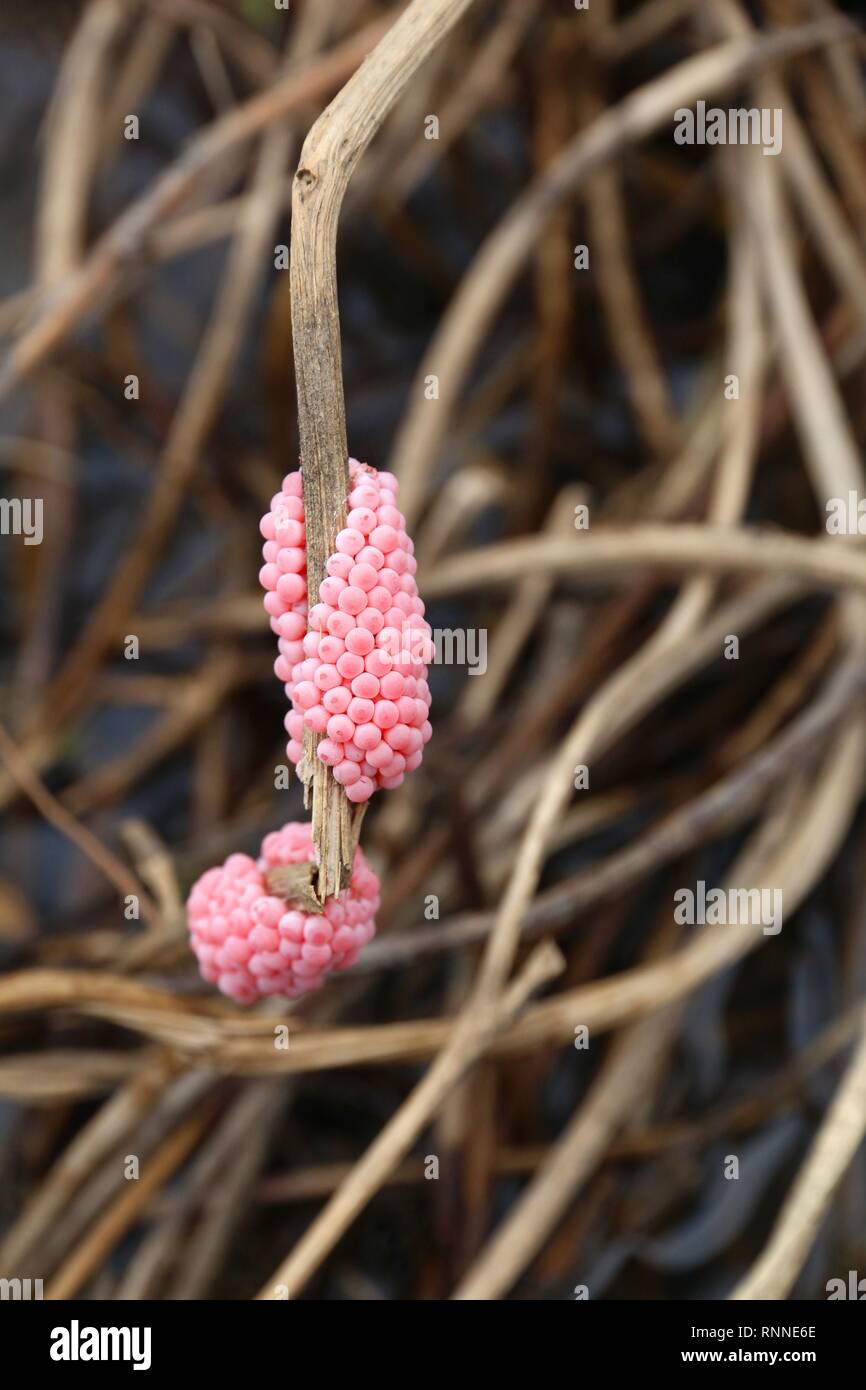



Invasive Snail Species Golden Apple Snail Pomacea Canaliculata Eggs At A Rice Field In Philippines Agriculture Problem Rice Plant Pest Stock Photo Alamy




Golden Apple Snails The Care Feeding And Breeding Of Golden Apple Snails Aquarium Tidings



Golden Apple Snail Irri Rice Knowledge Bank




Effects Of Dietary Supplementation Of Golden Apple Snail Pomacea Canaliculata Egg On Survival Pigmentation And Antioxidant Activity Of Blood Parrot Topic Of Research Paper In Veterinary Science Download Scholarly Article Pdf




Fact Sheet Golden Apple Snail 441




Pomacea Canaliculata Commonly Known As The Golden Apple S Flickr




Is There Hope For Sustainable Management Of Golden Apple Snails A Major Invasive Pest In Irrigated Rice Sciencedirect




23 Types Of Snails And What They Eat Crate And Basket
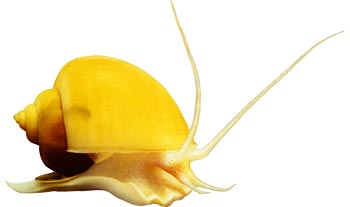



The Apple Snail Ampullariidae Website



Fact Sheet Pomacea Spp




Pdf Effect Of Combined Plant Extracts On Golden Apple Snail Pomacea Canaliculata Lam And Giant Earthworm Pheretima Sp Semantic Scholar
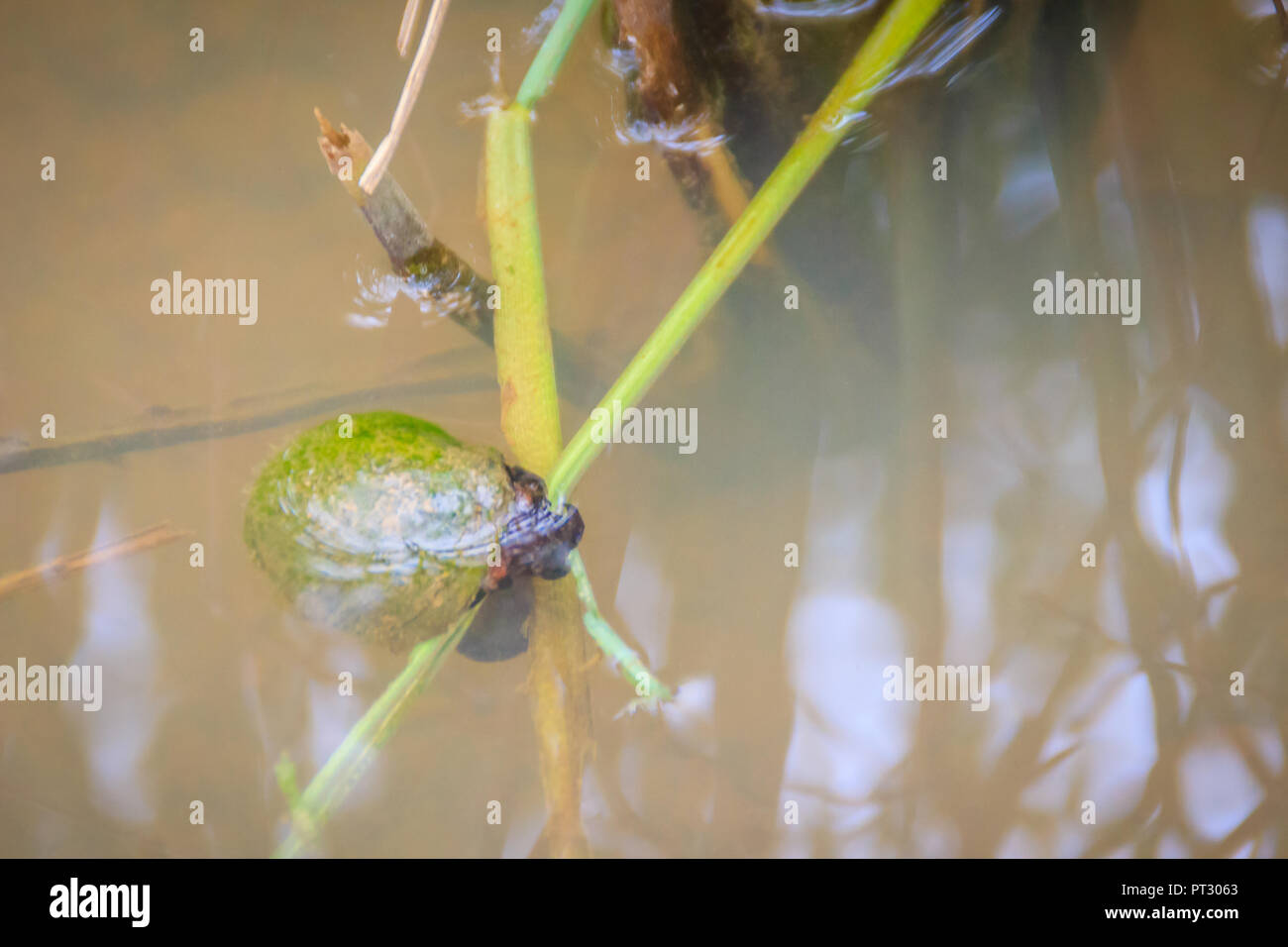



Golden Applesnail Or Channeled Applesnail Pomacea Canaliculata Is Eating Rice Trees It Is Alien Freshwater Mollusk That Is A Major Rice Enemy Stock Photo Alamy




Apple Snail Pomacea Bridgesii Pomacea Canaliculata Pomacea Diffusa Pomacea Haustrum Pomacea Paludosa Pomacea Maculata Species Profile Care Guide



Pomacea Canaliculata



Invasion Biology Introduced Species Summary Project Columbia University
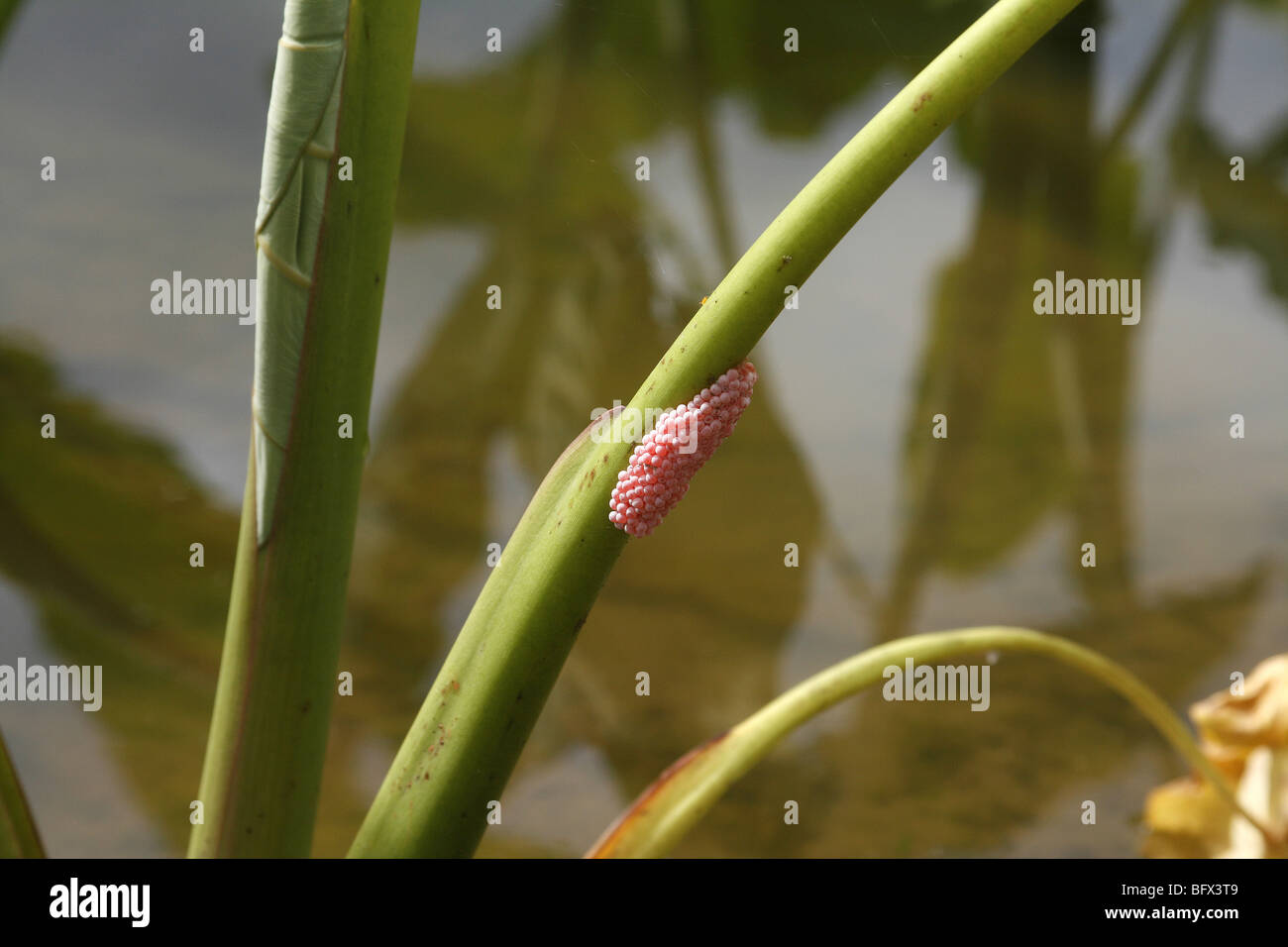



Eggs Of The Golden Apple Snail Pomacea Canaliculata On Taro Colocasia Esculenta Stock Photo Alamy




Pdf Management Of The Golden Apple Snail Pomacea Canaliculata Lamarck In Rice




Spotlight On The Apple Snail Ratemyfishtank Com
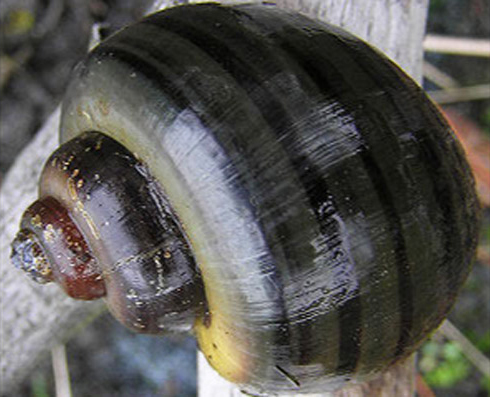



Applesnails Of Florida Pomacea Spp




Fact Sheet Golden Apple Snail 441




Close Up Of Golden Apple Snail Eggs Pomacea Canaliculata Stock Photo Picture And Low Budget Royalty Free Image Pic Esy Agefotostock



Invasion Biology Introduced Species Summary Project Columbia University




Pomacea Canaliculata Eggs Or Golden Stock Footage Video 100 Royalty Free Shutterstock



Gisd
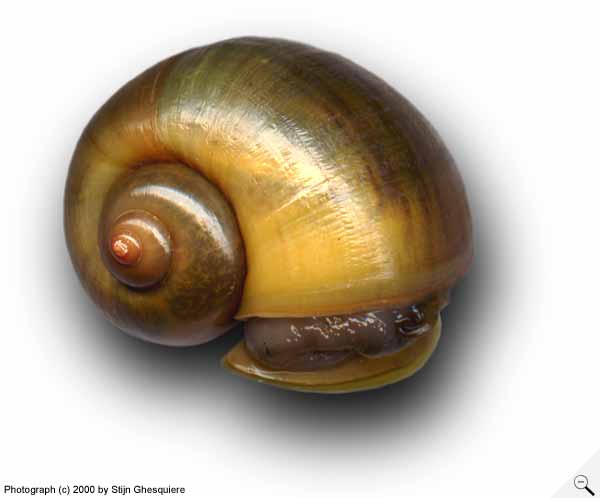



Experiences




Fact Sheet Golden Apple Snail 441




Minden Pictures Golden Apple Snail Pomacea Caniculata Eggs On A Rice Plant Philippines Nigel Cattlin Flpa




Apple Snail Pomacea Bridgesii Pomacea Canaliculata Pomacea Diffusa Pomacea Haustrum Pomacea Paludosa Pomacea Maculata Species Profile Care Guide




Golden Applesnail Or Channeled Applesnail Pomacea Canaliculata Is Eating License Download Or Print For 1 24 Photos Picfair



Golden Apple Snail Irri Rice Knowledge Bank




Golden Applesnail Or Channeled Applesnail Pomacea Canaliculata Is Picked By License Download Or Print For 1 24 Photos Picfair
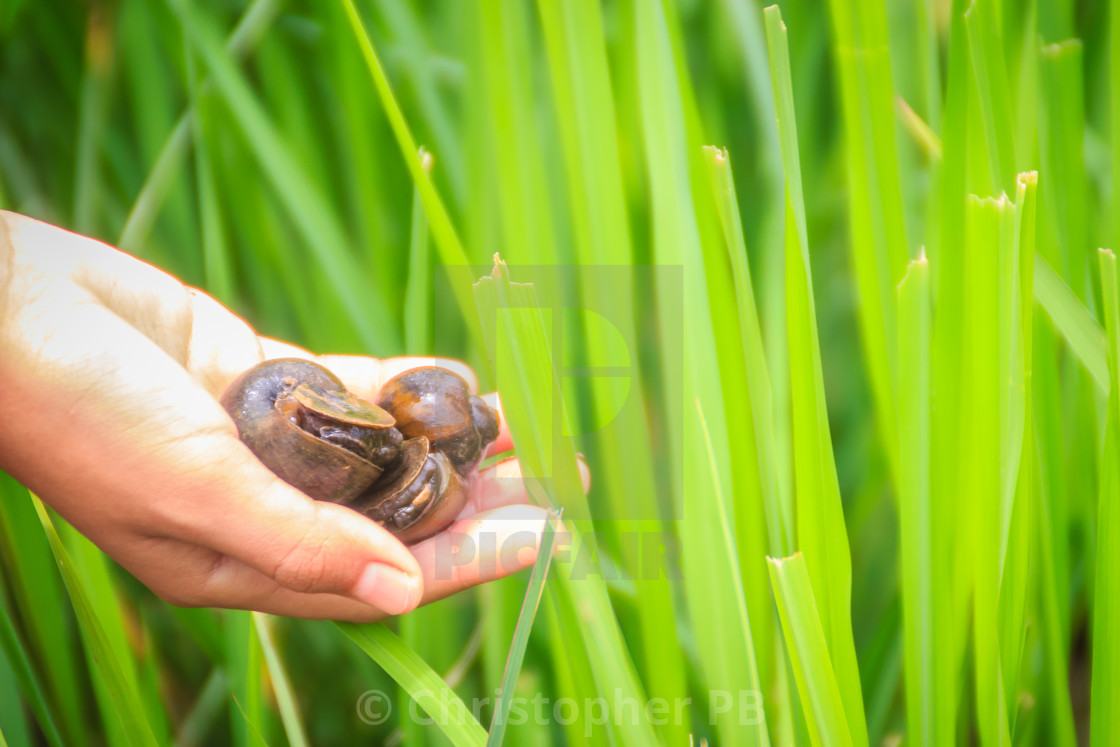



Golden Applesnail Or Channeled Applesnail Pomacea Canaliculata Is Picked By License Download Or Print For 1 24 Photos Picfair
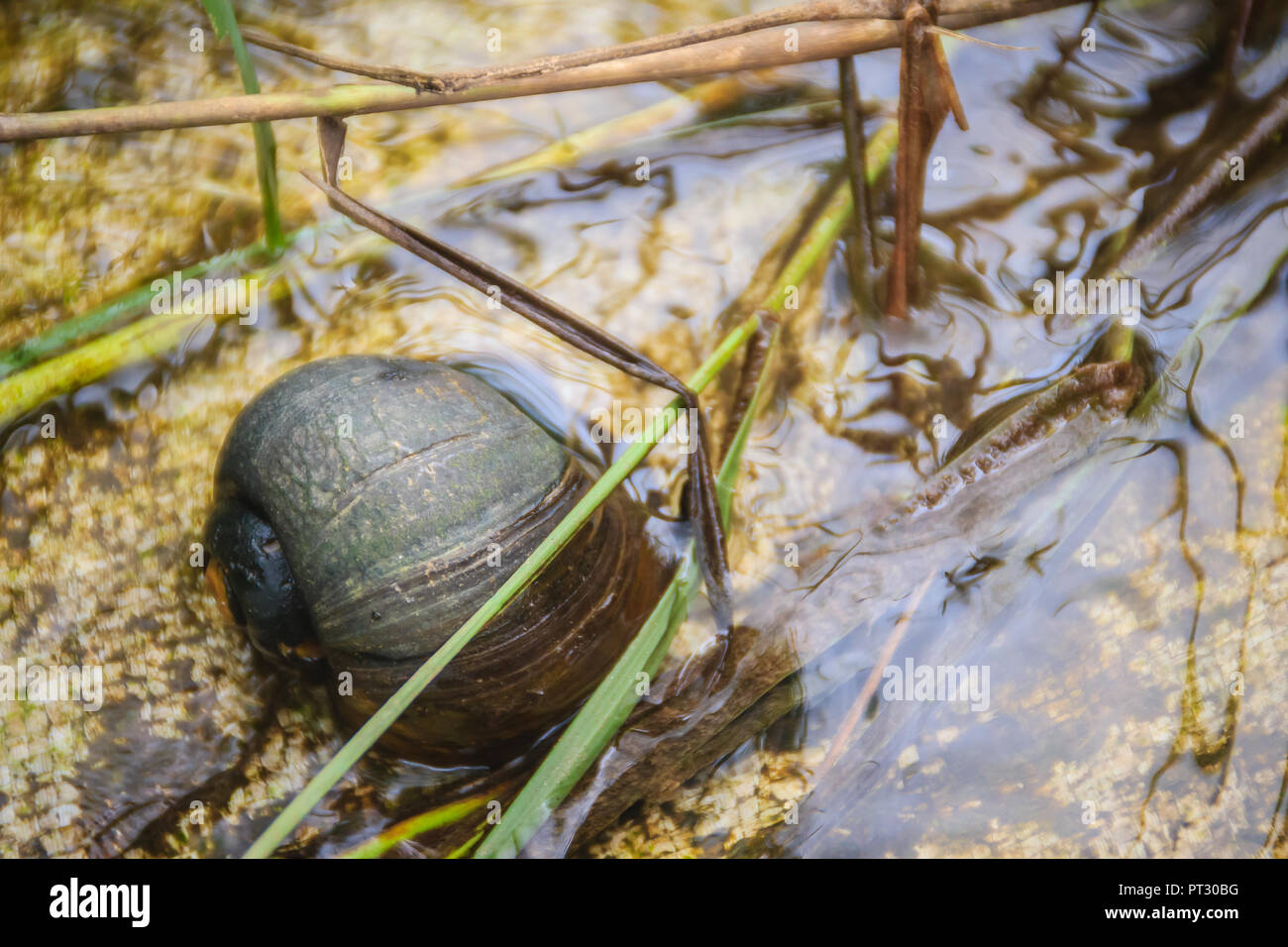



Golden Applesnail Or Channeled Applesnail Pomacea Canaliculata Is Eating Rice Trees It Is Alien Freshwater Mollusk That Is A Major Rice Enemy Stock Photo Alamy



Pomacea Canaliculata




Invasive Snails Leave A Trail Of Destruction The Invasives Blog



0 件のコメント:
コメントを投稿